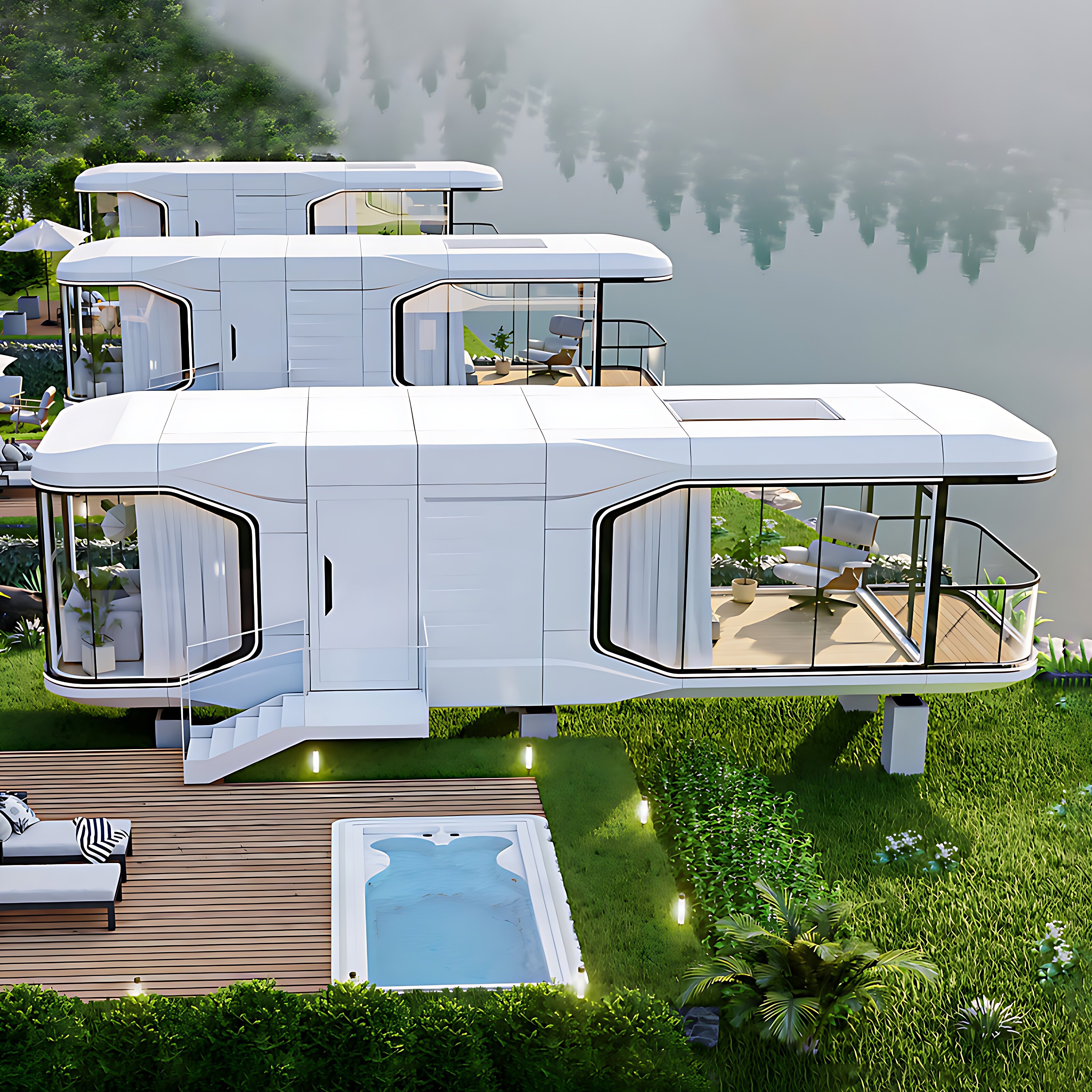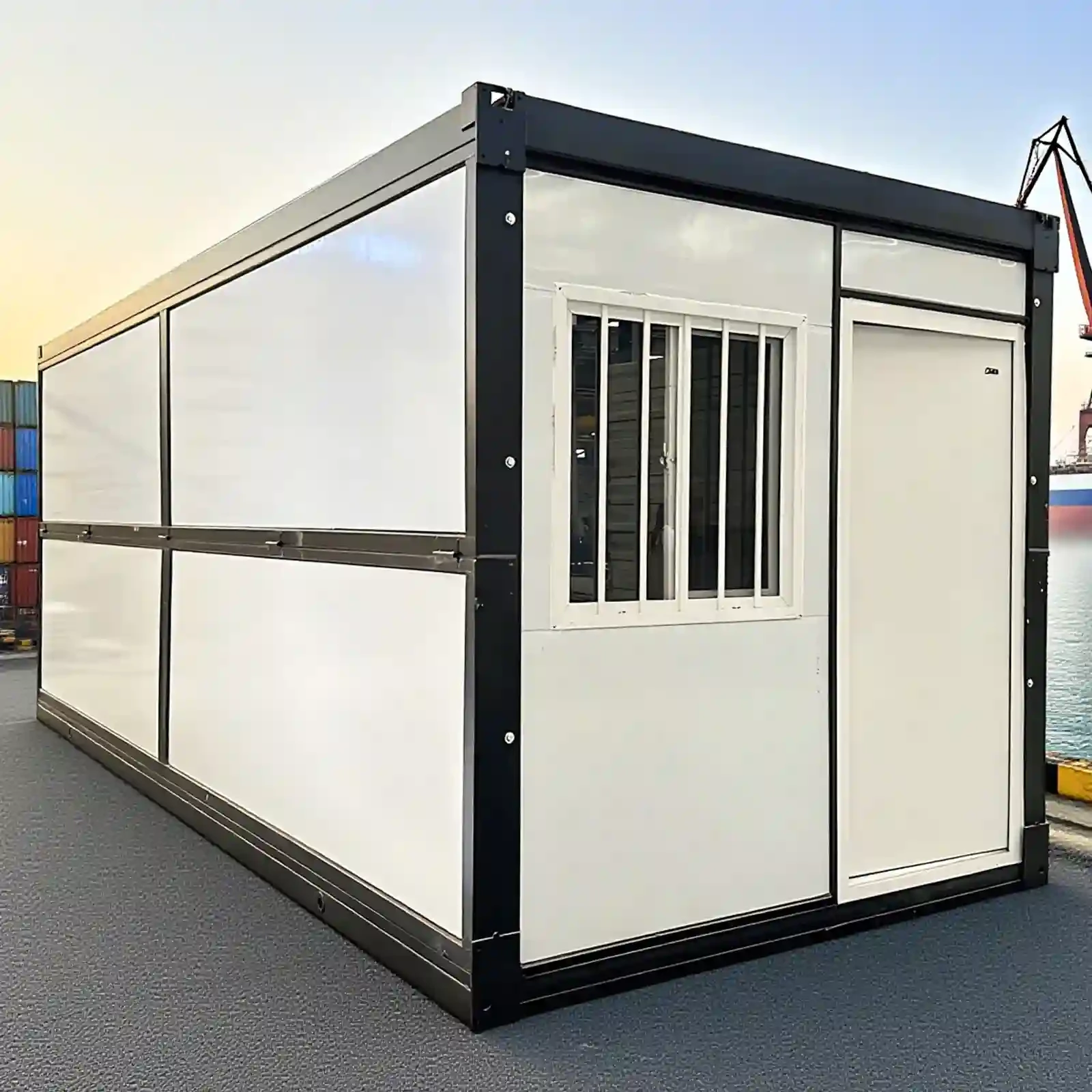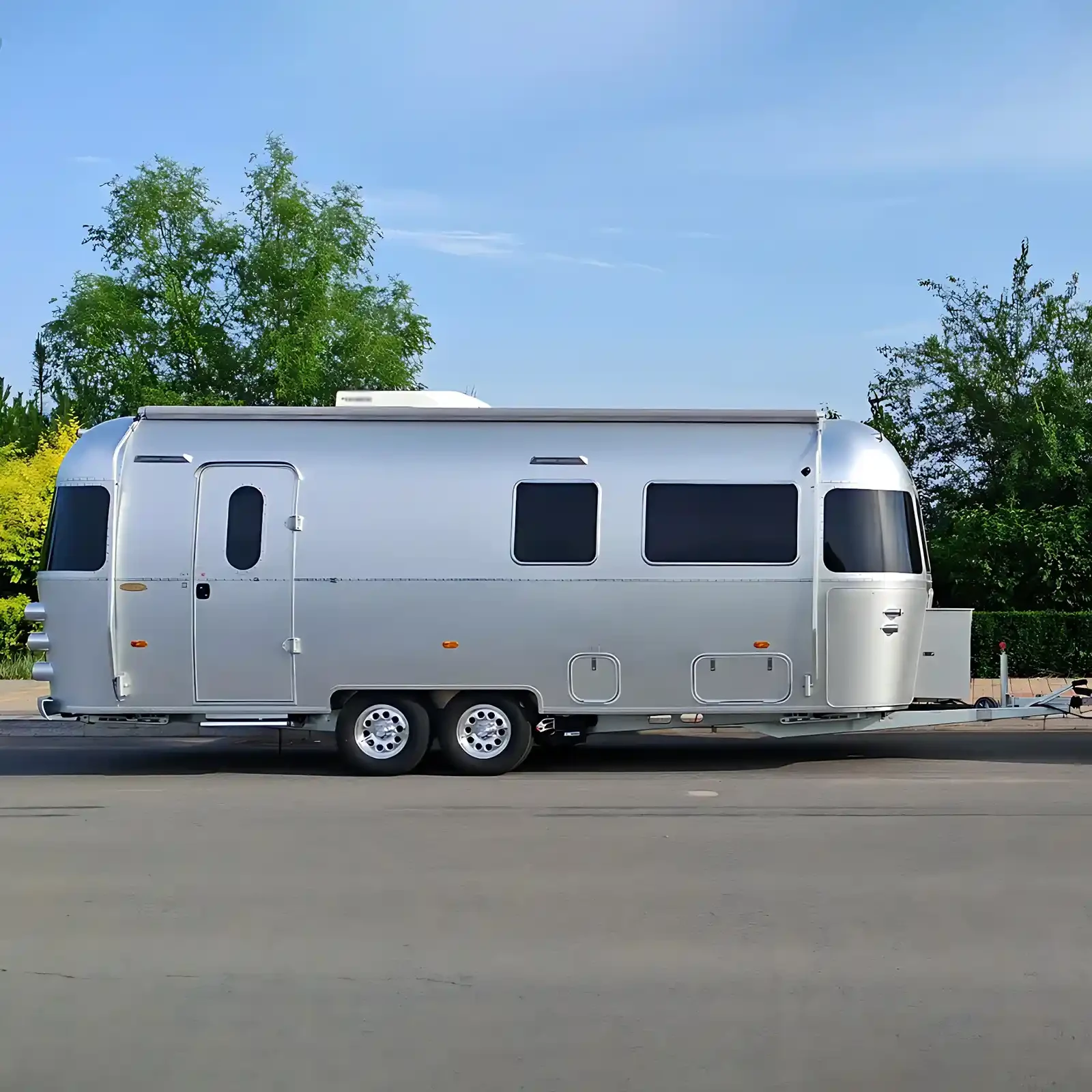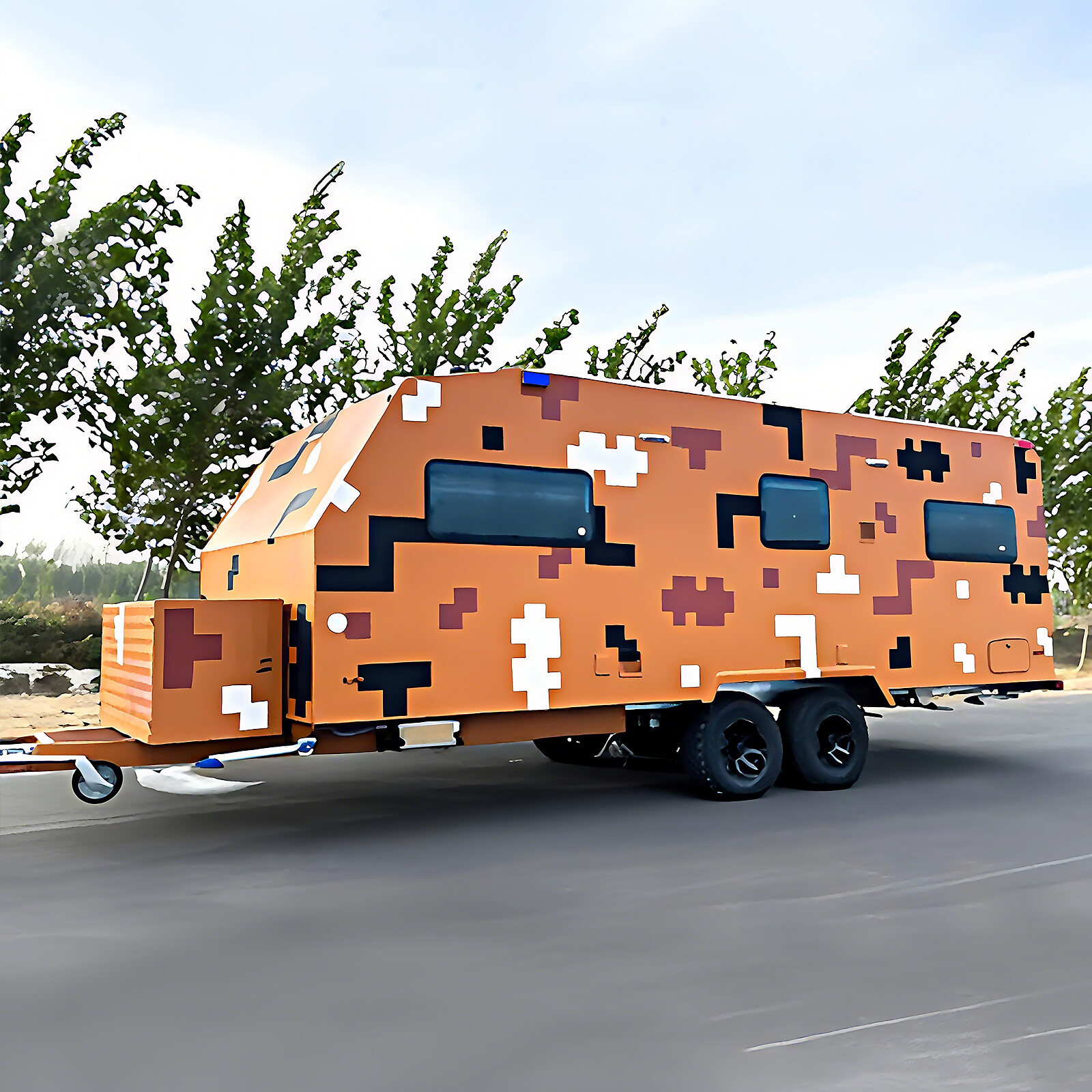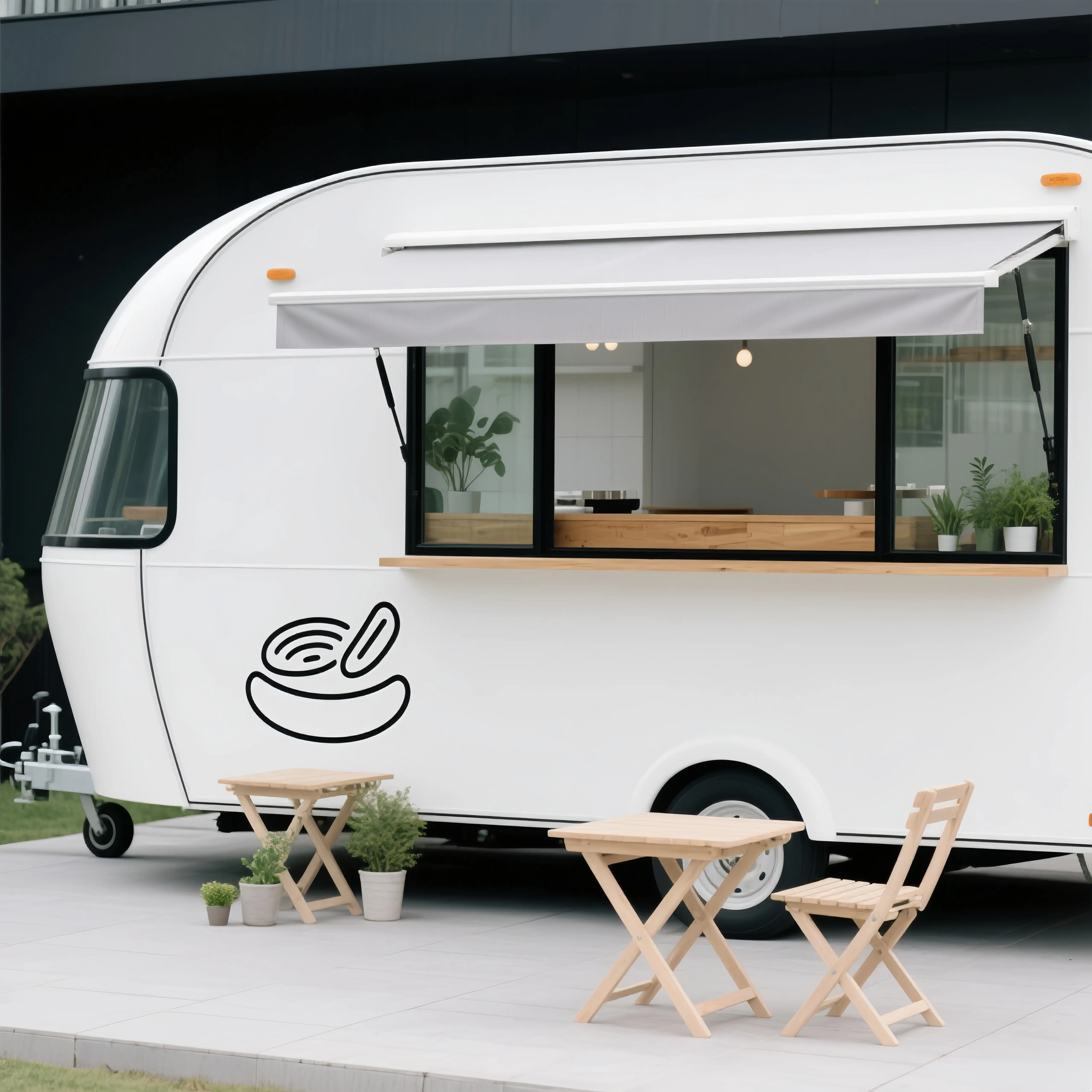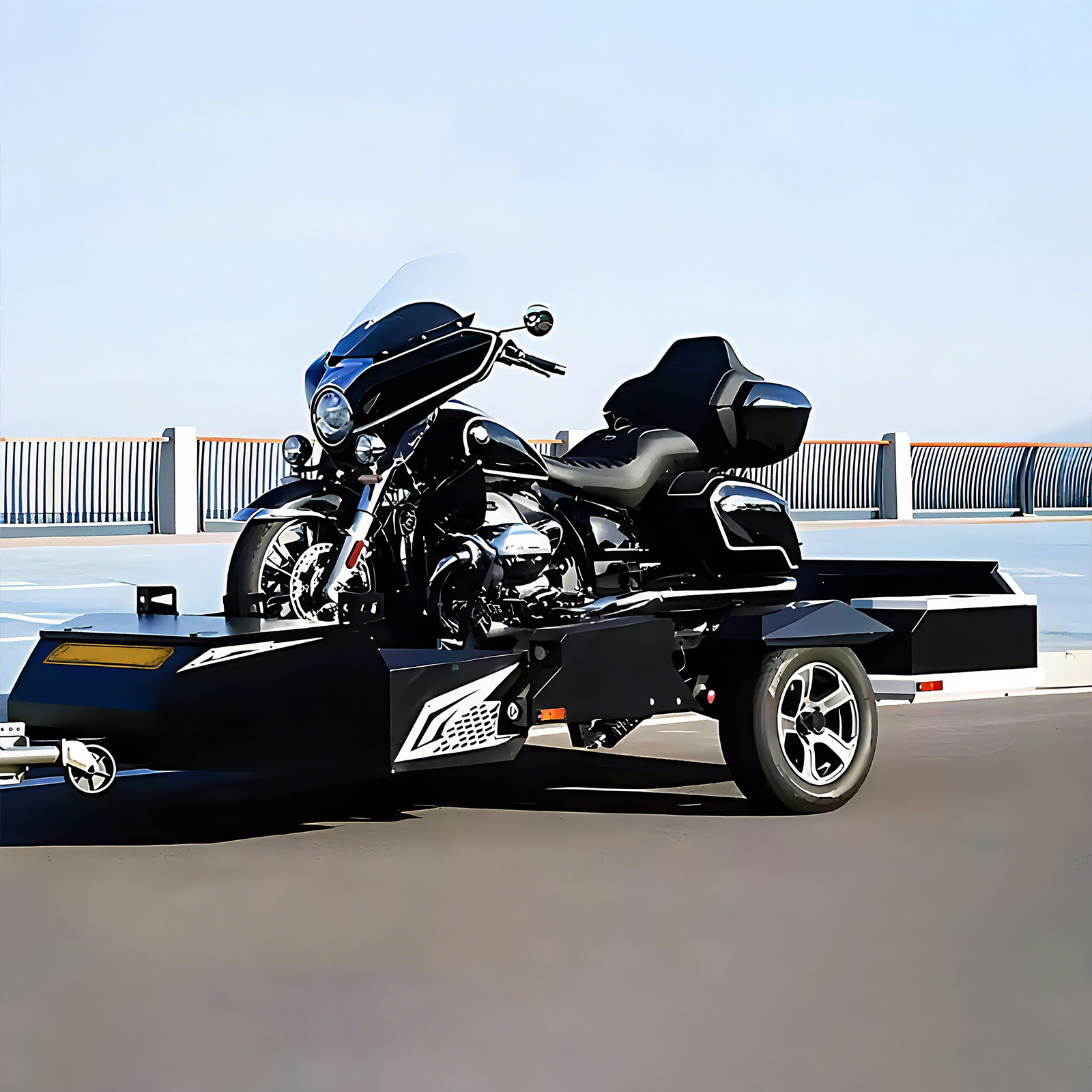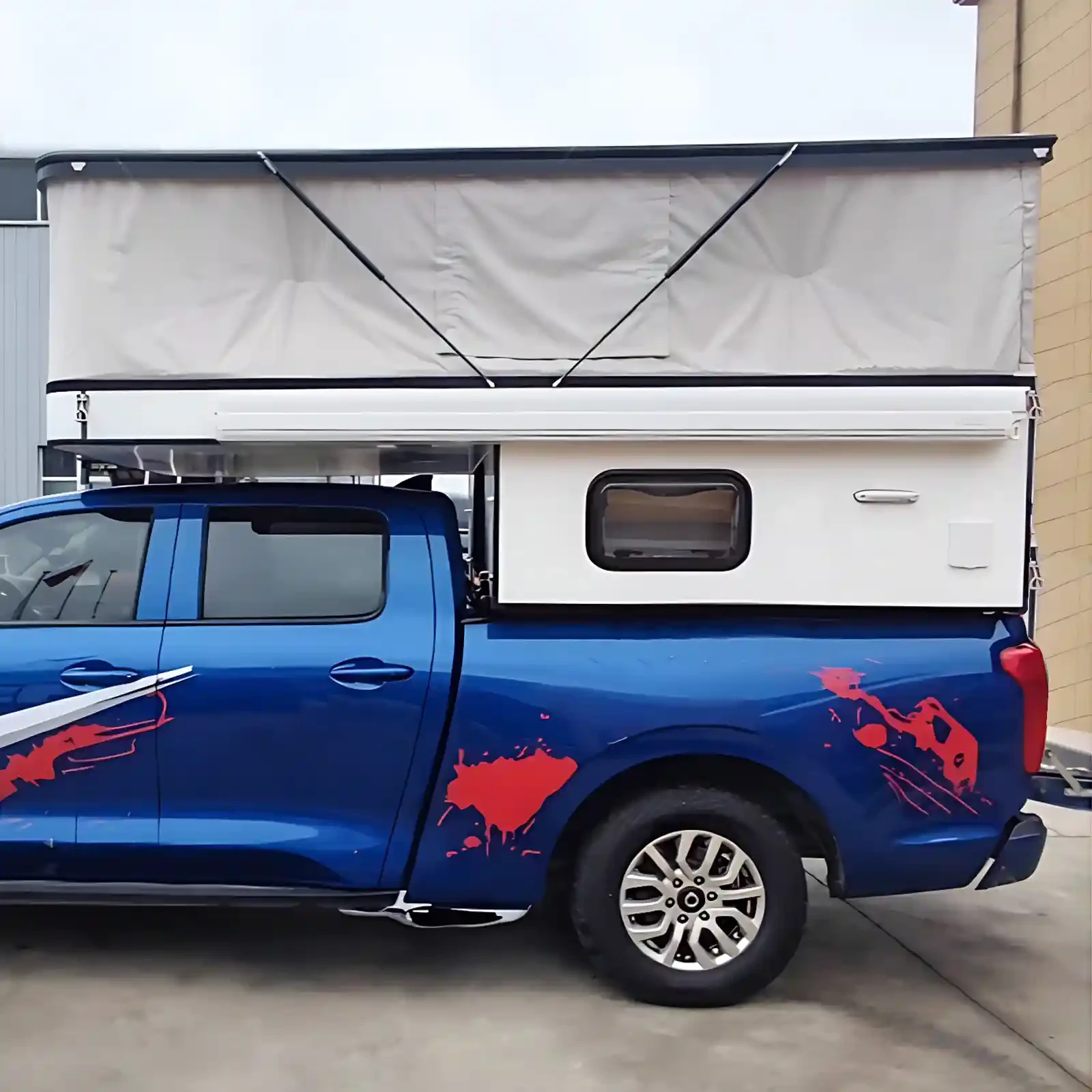With the booming tourism industry and people's pursuit of unique accommodation experiences, outdoor space capsules, as a novel accommodation facility, are increasingly appearing in various outdoor settings, such as mountains, forests, seashores, and deserts. However, these outdoor environments are complex and changeable, facing challenges from factors such as wind, earthquakes, temperature fluctuations, and rain erosion. Therefore, ensuring the structural stability of outdoor space capsules in complex outdoor environments is crucial.
Material selection is the foundation
High-strength metal frames: To withstand the various loads imposed by complex outdoor environments, outdoor space capsules typically utilize high-strength metal materials for their frames. For example, aviation-grade aluminum alloy, due to its high strength-to-weight ratio, is an ideal choice for space capsule frames. Aluminum alloy is not only strong enough to effectively withstand external forces such as wind and earthquakes, but is also relatively lightweight, making it easier to transport and install. Compared to traditional steel, aluminum alloy also offers excellent corrosion resistance, allowing it to withstand prolonged use in humid outdoor environments without rusting. Research has shown that specially treated aluminum alloy frames can achieve a yield strength exceeding 300 MPa, sufficient to meet the structural strength requirements of outdoor space capsules in typical environments.
High-quality composite shell: The shell material of a space capsule must not only consider aesthetics and thermal insulation properties, but also its contribution to structural stability. Currently, many outdoor space capsules use glass fiber reinforced composites (FRP) or carbon fiber reinforced composites (CFRP) for their shells. These composite materials have the characteristics of high strength and low density, which can reduce the overall weight of the space capsule while providing excellent structural strength. Taking glass fiber reinforced composites as an example, its tensile strength can reach 1000-2000MPa, and its flexural strength can also reach around 1000MPa. Composite materials also have excellent formability, and various complex shapes can be produced according to design requirements to enhance the overall structural performance of the space capsule. Moreover, composite materials are highly adaptable to the environment and can effectively resist erosion by natural factors such as ultraviolet rays and rain, ensuring the long-term stability of the shell.
Structural design is the key
Reasonable overall structural layout: The structural design of outdoor space capsules must fully consider the principles of mechanics to ensure stability under various external forces. Generally speaking, space capsules adopt a closed shell structure, which can evenly distribute external forces throughout the capsule and reduce local stress concentration. For example, the common spherical or elliptical space capsule designs, whose curved surface structures can effectively convert external forces such as wind and earthquake forces into pressure, evenly distribute them on the surface of the capsule, thereby improving the capsule's wind and earthquake resistance. In addition, in terms of structural layout, internal support structures such as reinforcement ribs and partitions will be reasonably set up to further enhance the overall strength and stability of the capsule. By simulating the stress conditions of different structural layouts under various external forces through finite element analysis software, the design scheme can be optimized to ensure the structural stability of the space capsule in complex outdoor environments.
Strengthen the design of connection parts: The connection parts are the weak links in the space capsule structure, so they need special strengthening design. The connection between frames and between frames and shells is usually made by high-strength bolts, rivets or welding. For important connection parts, the number and size of connectors will be increased to improve the reliability of the connection. For example, the corner connection of the space capsule uses special high-strength corner connectors, which are tightly connected by multiple bolts to ensure that the connection parts will not loosen or break when subjected to external forces. At the same time, the connection parts will also be sealed with sealants or rubber pads, which not only prevent rainwater from penetrating, but also act as a buffer to reduce structural damage caused by external force impact.
Processes and measures to ensure stability
Advanced Manufacturing: Precision manufacturing processes are crucial to ensuring the structural stability of outdoor space capsules. High-precision CNC machining equipment is used during frame manufacturing to ensure the dimensional accuracy and surface quality of each component. For example, the cutting and drilling of the aluminum alloy frame are precision-controlled to within ±0.1mm, ensuring a tight fit between components. Advanced processes such as vacuum infusion and compression molding are employed in the production of the composite shell to fully impregnate the fibers, enhancing the material's density and strength. Furthermore, a rigorous quality inspection process ensures the manufacturing quality of each capsule meets design requirements.
Wind and earthquake resistance measures: To address the threats of wind and earthquakes in outdoor environments, the outdoor space capsule has implemented a series of targeted measures. Regarding wind resistance, the capsule's exterior design is streamlined to minimize wind resistance. At the same time, an anchoring system is rationally configured based on the wind level in different regions. In coastal areas with strong winds, the capsule is typically securely connected to the ground using ground anchors. The tensile strength of the anchors has been rigorously calculated to withstand the forces of strong winds. Regarding earthquake resistance, the capsule's structural design takes seismic forces into account and utilizes flexible connections, such as rubber isolation pads between the frame and foundation. These effectively absorb and disperse seismic energy, reducing the impact of earthquakes on the capsule structure. Furthermore, the capsule undergoes earthquake simulation testing, and the structural design and earthquake resistance measures are further optimized based on the test results.
Regular Maintenance and Inspection: Even with good initial structural stability, outdoor space capsules require regular maintenance and inspection during long-term use to ensure their continued structural stability. Regularly inspect the frame for loose connections, cracks or damage to the outer shell, and the anchoring system for security. Any problems discovered are promptly repaired and addressed, such as tightening loose bolts and patching cracks in the outer shell. At the same time, comprehensive structural inspections are performed on the capsule at regular intervals, using non-destructive testing techniques such as ultrasonic testing and X-ray testing to detect internal defects in key structural components. This helps to promptly identify potential safety hazards and ensure that the outdoor space capsule maintains good structural stability in complex outdoor environments.
The structural stability of outdoor space capsules in complex outdoor environments is a complex issue, requiring comprehensive consideration and careful design from multiple perspectives, including material selection, structural design, manufacturing processes, and ongoing maintenance. By utilizing high-strength materials, a rational structural layout, advanced manufacturing processes, and effective wind and earthquake protection and maintenance testing measures, we ensure that outdoor space capsules maintain stable and reliable structural performance in a variety of harsh outdoor environments, providing users with a safe and comfortable accommodation experience. With the continuous advancement of science and technology and the development of materials technology, the structural stability of outdoor space capsules will be further enhanced, providing stronger support for the development of the outdoor tourism industry.

 USD
USD
 GBP
GBP
 EUR
EUR
